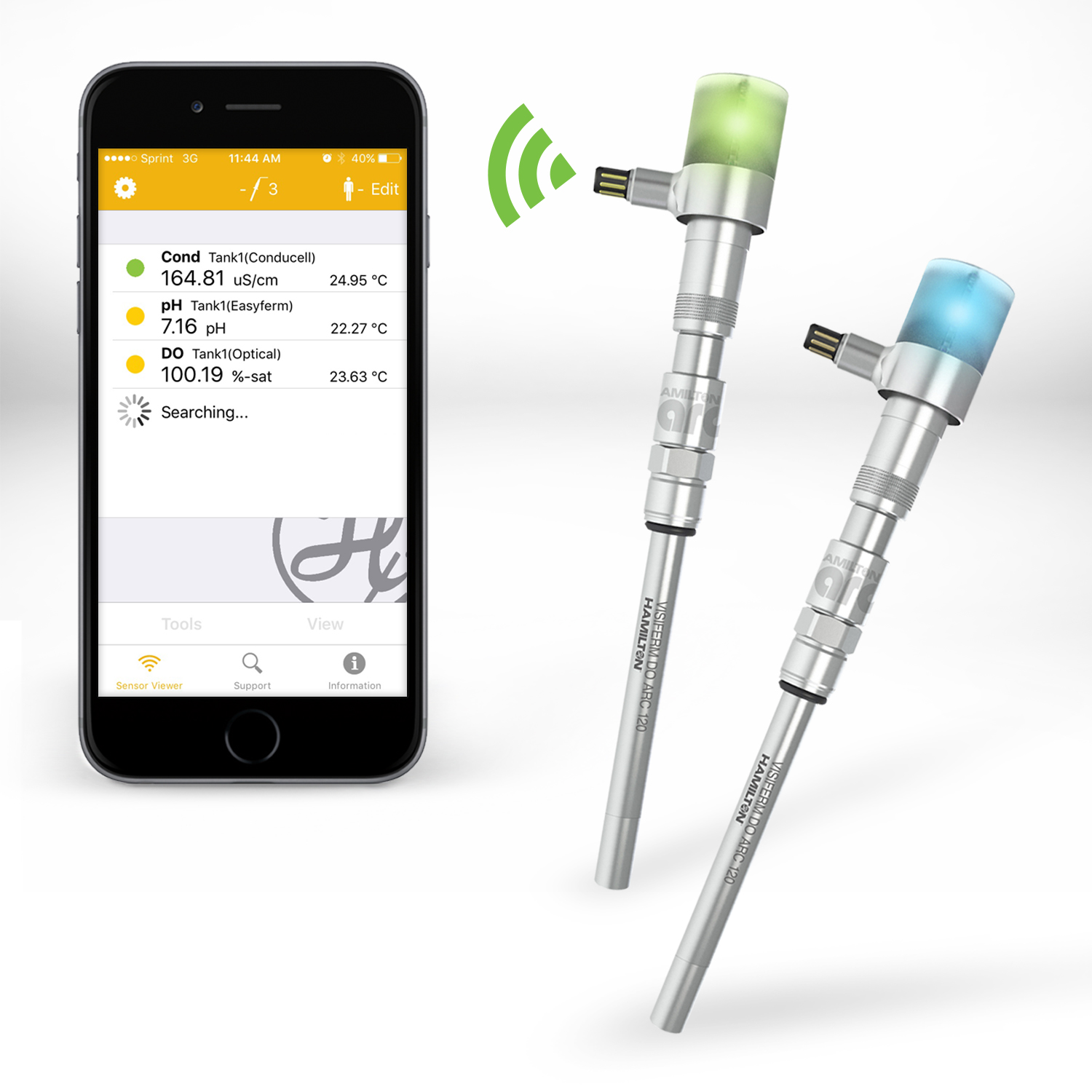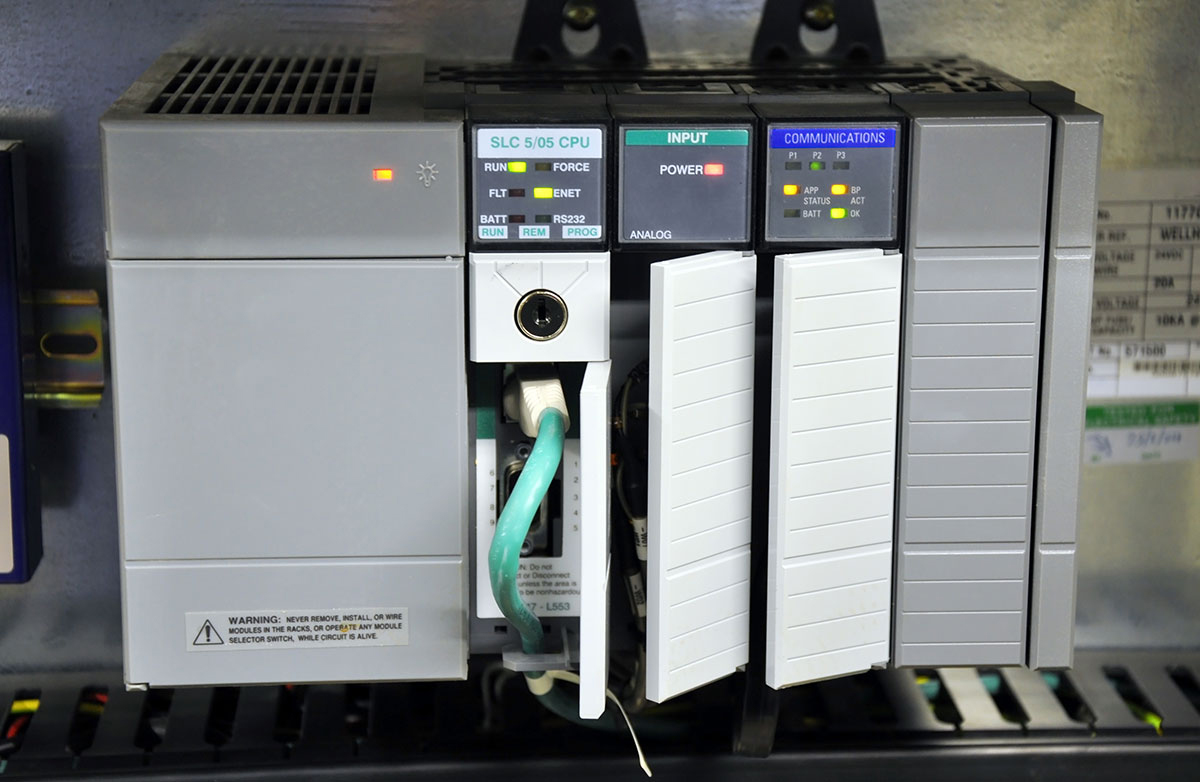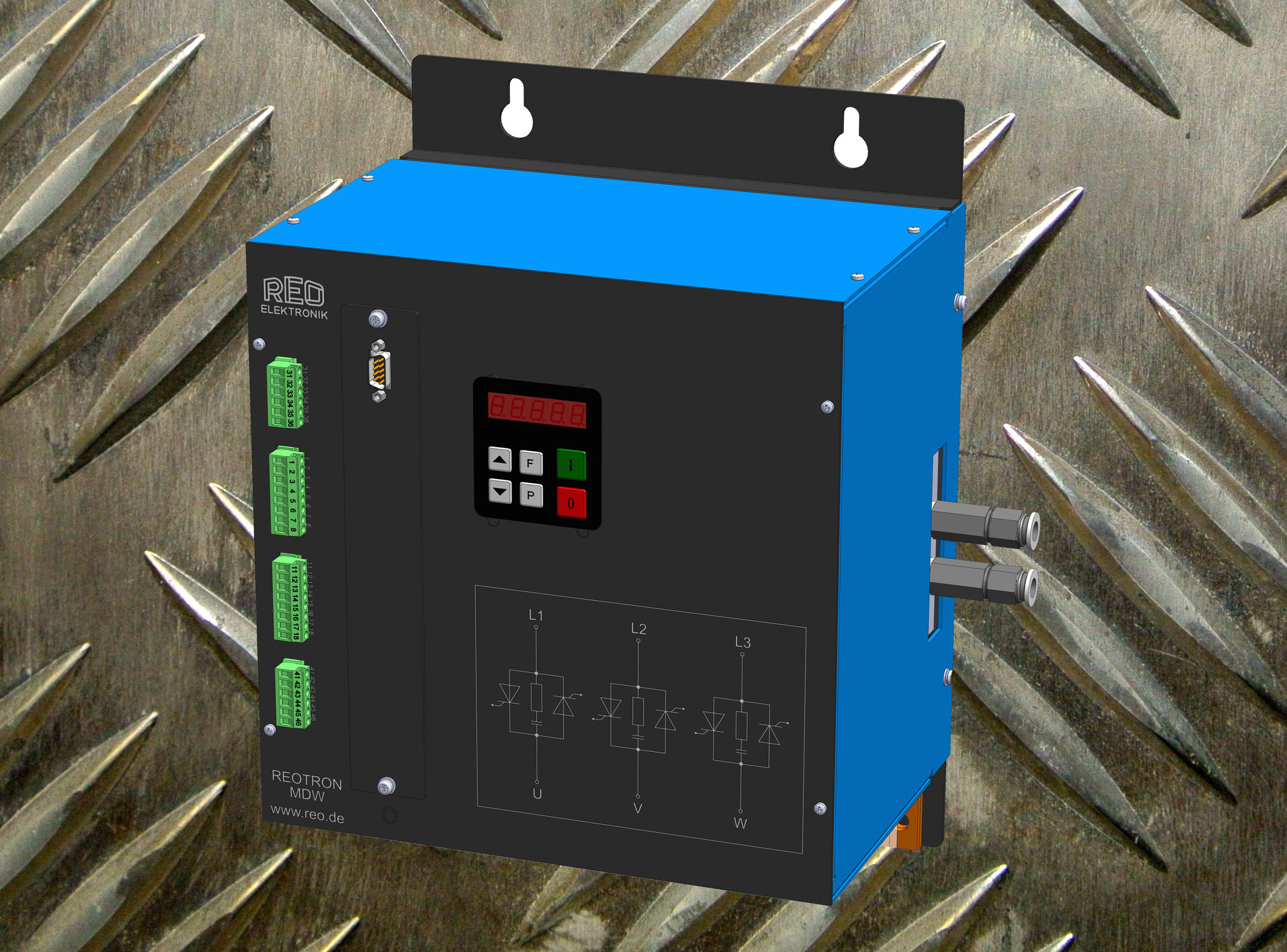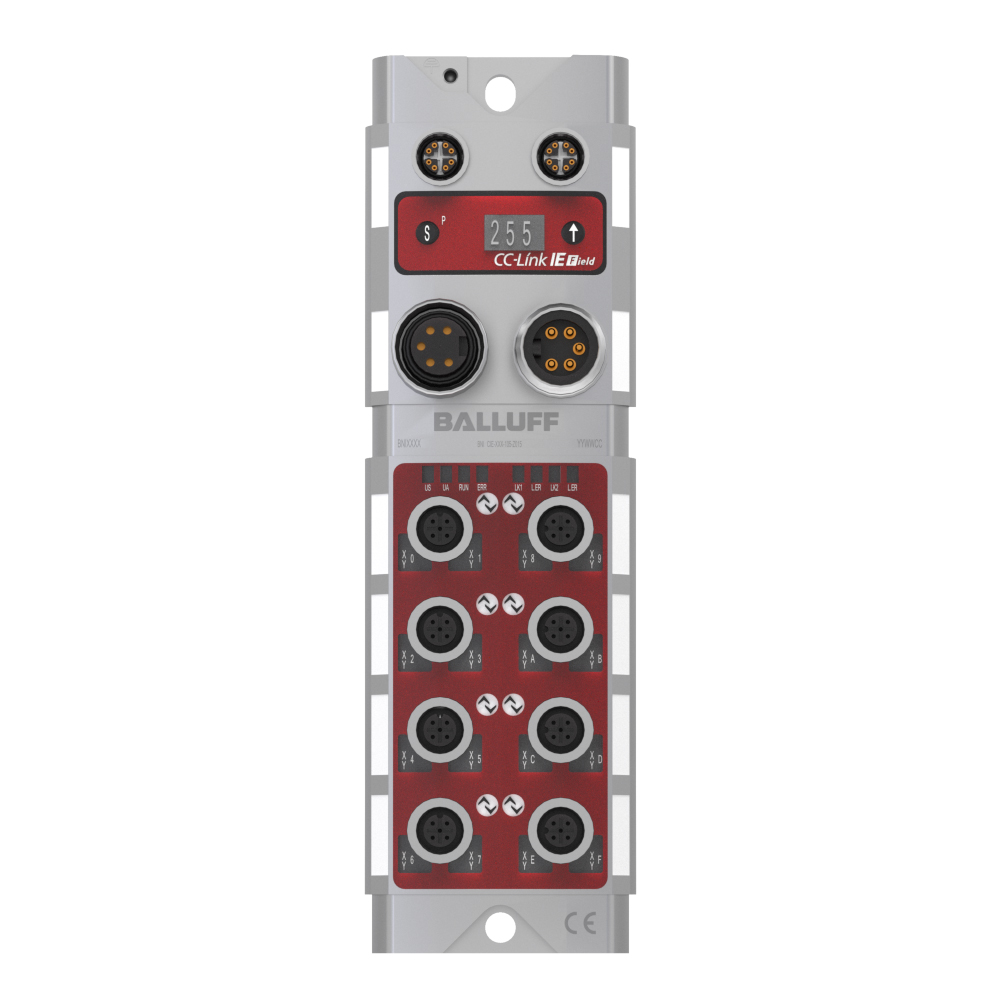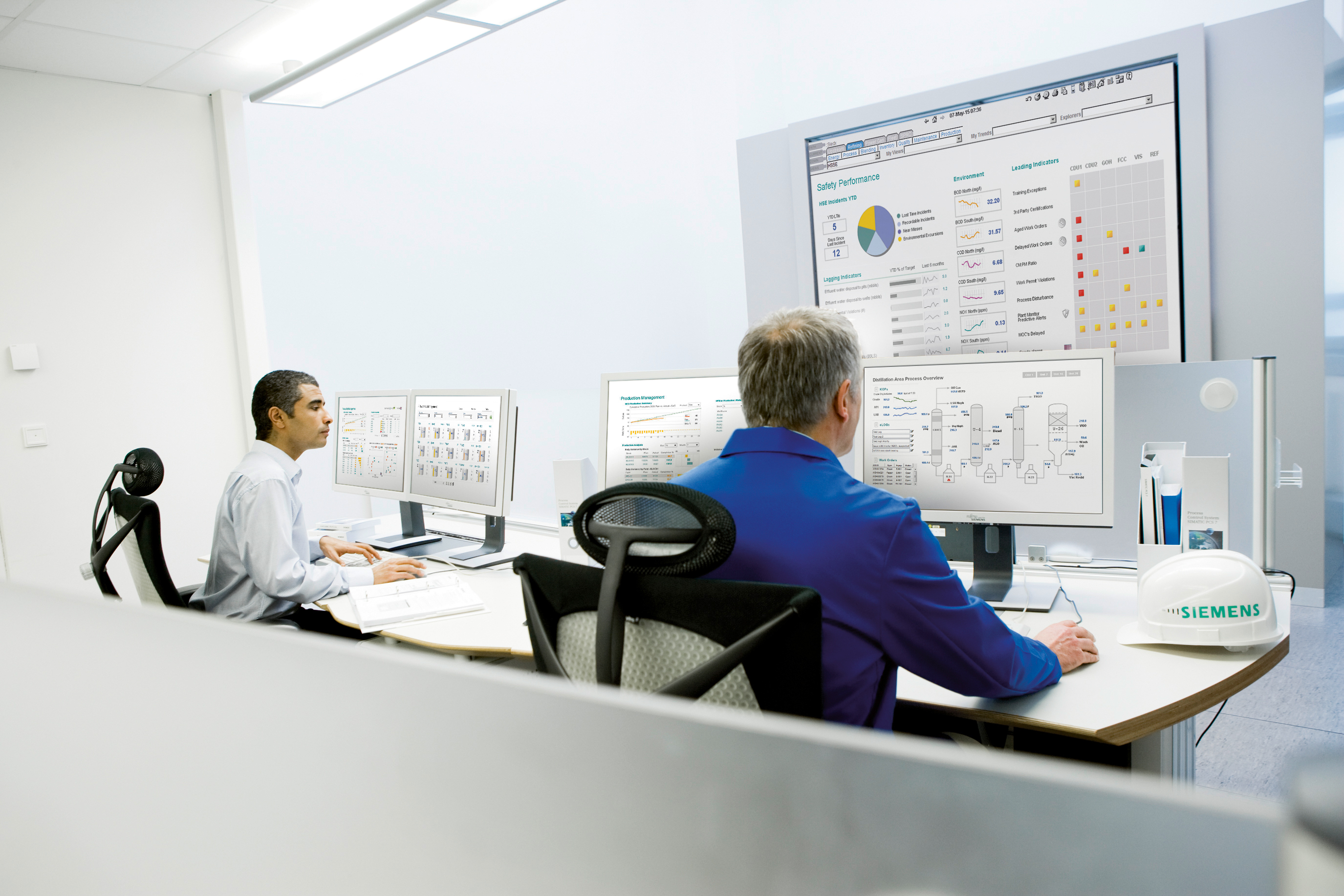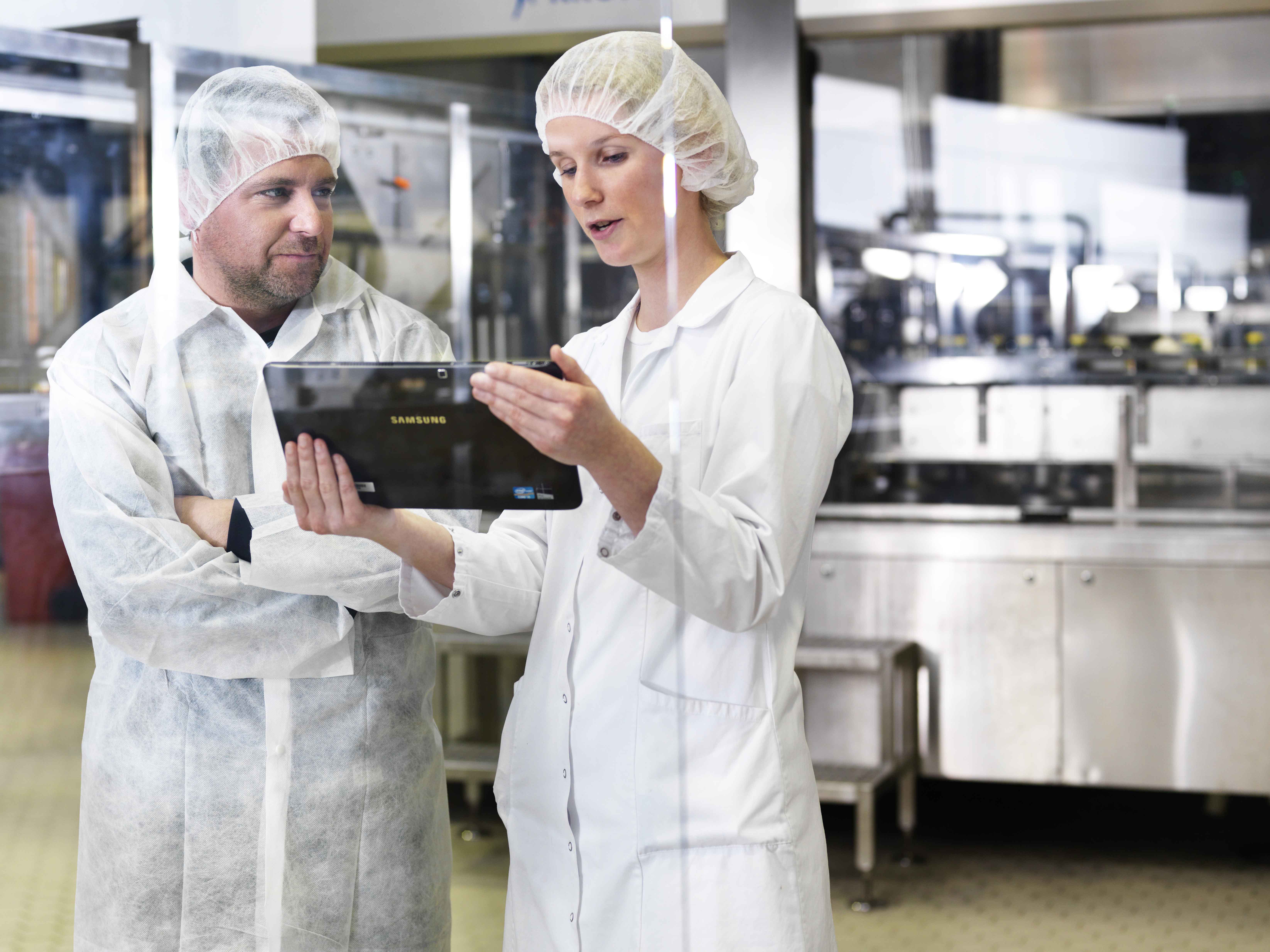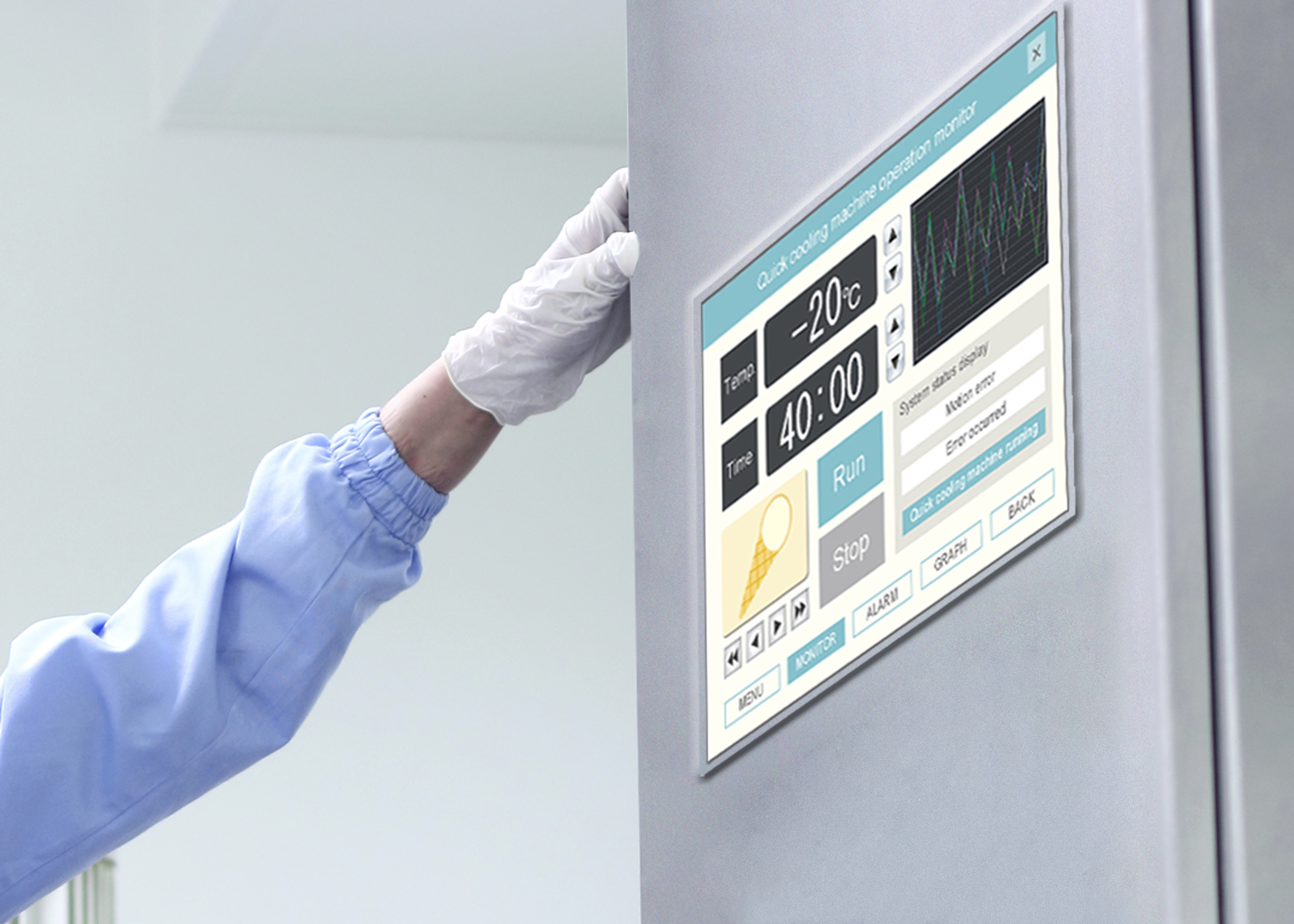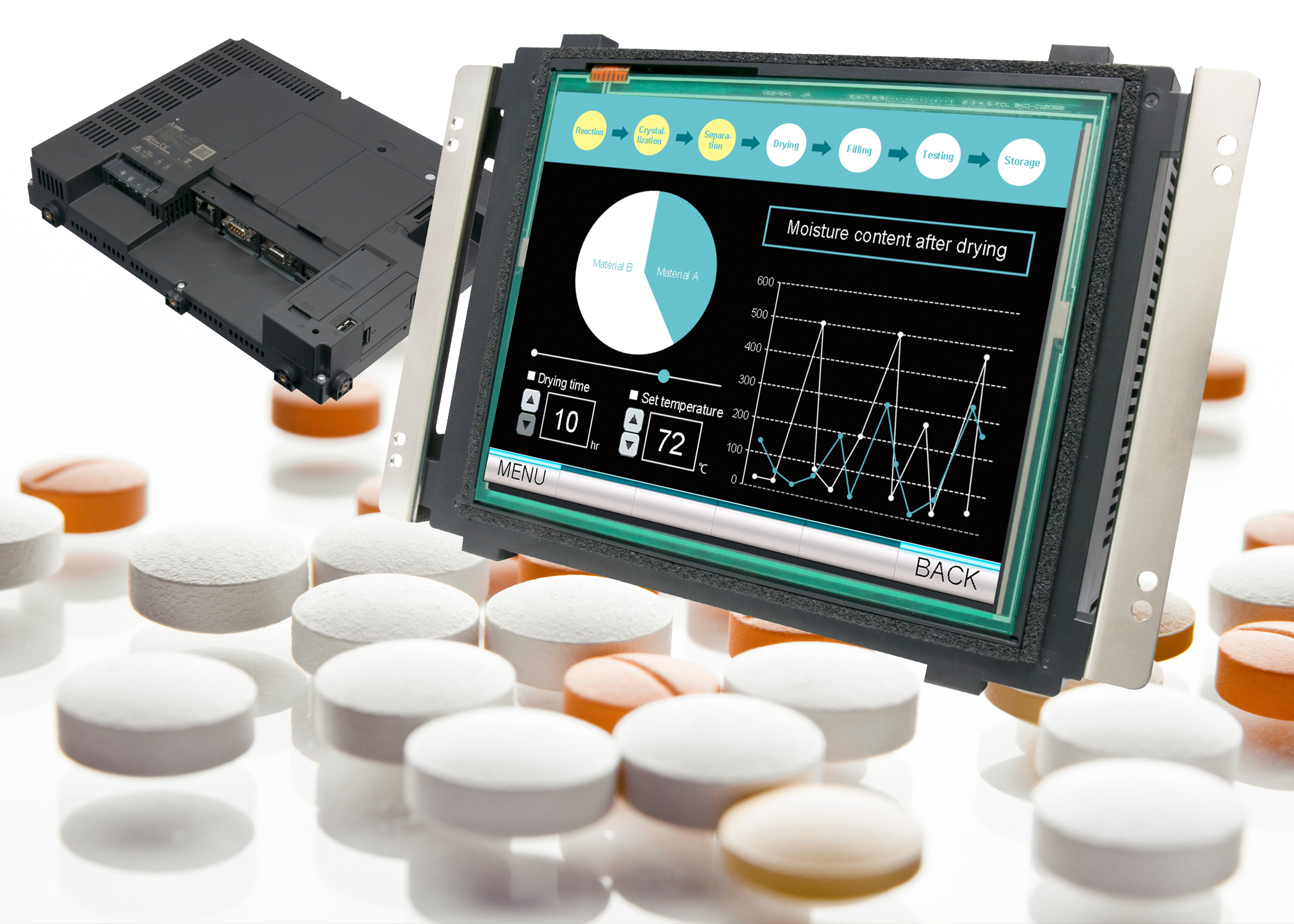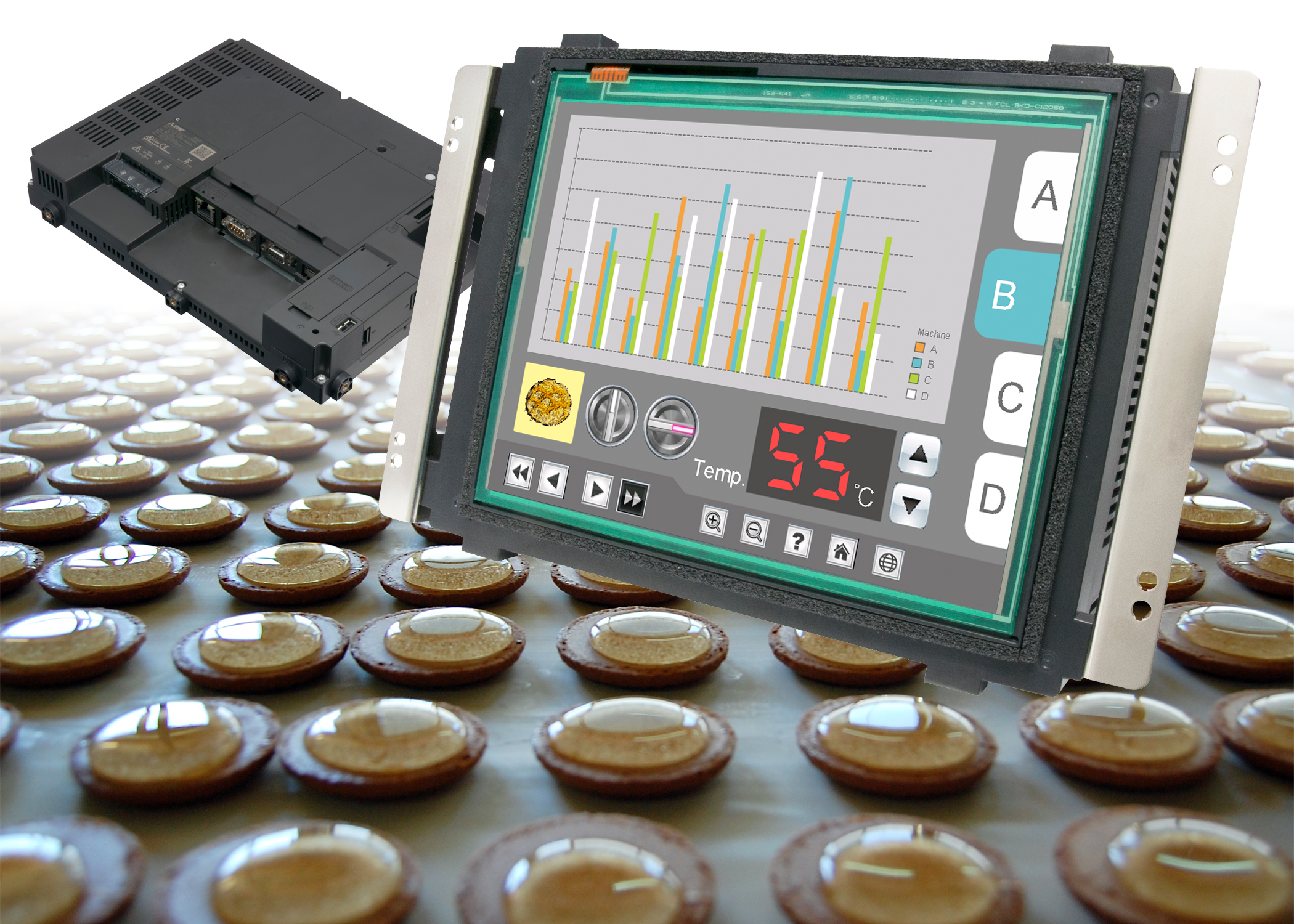Metallic inclusions are the number one contaminant in food products, causing product quality and consumer safety issues. Phil Brown looks at the technologies behind effective metal detection, explains the three key frequency options and why it is essential to select the correct frequency for your food application
The most widely used type of metal detector in the food industry functions on the principle known as the ‘balanced coil’. With a general-purpose search head, these can detect ferrous and non-ferrous metals, as well as stainless steels in fresh and frozen products - either unwrapped or wrapped, even in metallised films. Yet, they are still unable to detect every particle of metal passing through them.
Many factors will determine the theoretical sensitivity of a metal detector. Among them the aperture size (the smaller the aperture, the smaller the piece of metal that can be detected), the type of metal, product effect, and the type and orientation of the contaminant as it passes through the detector. Environmental conditions, such as airborne electrical interference - static, radio, earth loops - vibration and temperature fluctuation may also affect performance.
In order to reduce metal contaminant risks it is essential to identify the optimum frequency for any product. Many products inspected inherently have electrical conductivity and/or magnetic permeability within their makeup. For example, any product that is iron-enriched, such as cereals, creates a large magnetic signal that the detector must overcome in order to detect small pieces of metal. These are referred to as ‘dry’ products. Conversely, wet’ products with high moisture and salt content, such as bread, meat and cheese, are electrically conductive.
Dry products tend to be a lot easier in terms of detection capability, because you don’t have to worry about the product effect. Equally, you suffer with the sensitivity level on the wet products, because you have to deal with the signature of the product. Even amongst wet products, bread, is very different to meat. They are both conductive, but meat has more water, so consequently the two exhibit very different product effects.
The detector must remove or reduce this ‘product effect’ in order to identify a metal contaminant. So the solution is to change the frequency of operation to minimise the effect of the product. The downside is this can impact your ability to find different metals. When you drop frequency you tend to enhance your ability to find ferrous metals but you really limit your performance when it comes to non-ferrous metals, because the lower end of the frequency is more responsive to magnetic effects of the contamination. By the same token, if you take the frequency higher, the reverse happens - you start to limit your ferrous detection capability but enhance your non-ferrous detection.
Running product samples and tests is advisable. Experts will tend to know what the frequency bands are likely to be, but it's always dangerous to be too presumptuous because sometimes different types of the same product can behave in different ways. It's really important to choose the right frequency for the product. The process typically takes specialists an hour or two.
Evolution of metal detection
In the past decade, metal detection technology has progressed significantly. Nowadays, a food manufacturer generally has three technology options - fixed frequency, multi-frequency and simultaneous frequency.
With a single tuned-frequency device, the operating frequency has to be picked to suit the product. With a difficult conductive product like meat or cheese, or a larger product, the frequency has to be set low to deal with the product effect. That makes the system less sensitive to the detection of stainless steel and non-ferrous metals.
About 15 years ago, the introduction of selectable frequency made life a little bit easier, but the metal detector still had to be set to run at a specific frequency. In a worst-case scenario, that would be a low, less sensitive frequency.
To solve this, Fortress built a system that had two frequencies for simultaneous inspection at a high and a low frequency. The high frequency could detect stainless steel, while the low frequency was able to meet specs on ferrous metals. It worked really well, but it was quite expensive and difficult to build. The Interceptor range that Fortress unveiled last year built further on this technology and improves stainless steel metal detection capability on ‘wet’ products by a further 100%, compared to the most recent generations of metal detectors. This means it can pick up metal contaminants half the dimensional size previously identifiable. Like other metal detectors, the Interceptor also reliably detects the full range of ferrous and non-ferrous metals, including stainless steel, which continues to pose the highest metal contaminant risks in the food industry.
Significant engineering and other challenges have had to be overcome to make the system more affordable for smaller-sized food manufacturers. Adding more electronics and a new coil structure enabled new cost efficiencies to bring the Interceptor system’s costs to only slightly more than a standard metal detector.
The new technology works by carrying out a real-time analysis of a low frequency and a high frequency signal in parallel. Using an advanced algorithm, the Interceptor splits the product and metal detection signals and then link the readings back together. Compared to the traditional approach of tuning into specific frequencies, this new method makes it possible to identify the product effect (most noticeable at lower frequencies) and eliminate it from the higher-frequency signal, where the potential effect of the metal is more prominent.
So, what technology is best in today’s food production environments? A machine with a fixed frequency is good if you are consistently inspecting the same product day in day out, like a chocolate bar, but there are obvious limitations if your product range is more expansive. Multi-frequency systems perform well on range of products passing down the same production line, although the sensitivity and performance may be compromised, increasing the risk of metal contaminants going undetected. Machine operatives may still have to select the frequency, and this raises the issue of what they are basing their decision on. If its not tuned in exactly right, like a radio station, they might not select the frequency that delivers perfect clarity and sensitivity. Automatic product learning does, however, reduce the possibility of human error. With simultaneous frequency it’s more sensitive as you can ignore the product effect, making it ideal for wet products that vary in size and density, like cuts of meat, fish or blocks of cheese.
Critically, with any metal detector, there’s no ‘best’ frequency. There are only ranges of frequencies, each better for different purposes. Understanding how these frequency options work and differ is fundamental to selecting the right inspection machine for your application. If in doubt, seek impartial and professional advice.
Phil Brown, Sales Director of Fortress Technology.
